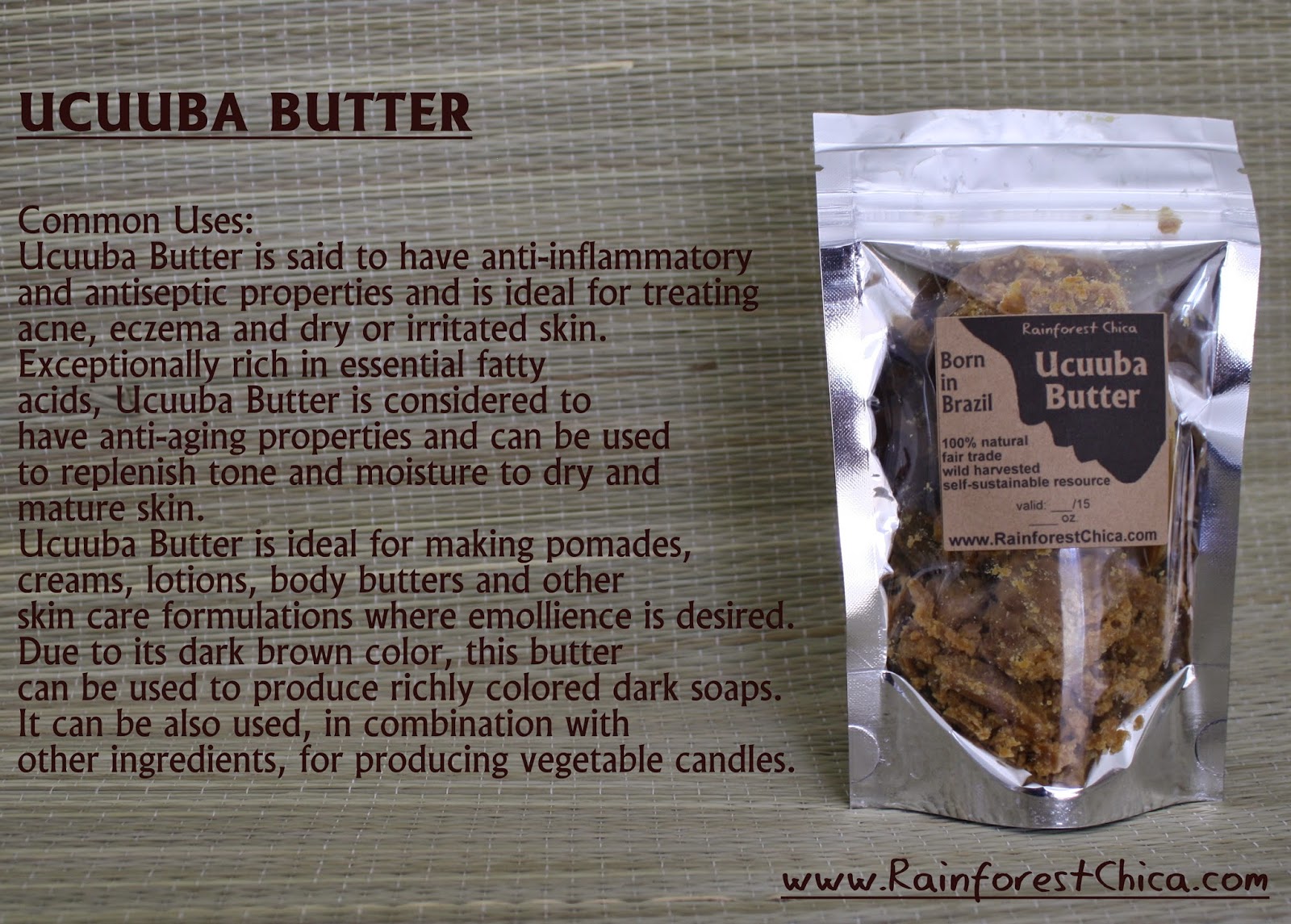Andiroba Oil - Crabwood (Carapa guianensis, Meliáceae)
POPULAR USES
Andiroba oil is one of the most commonly sold medicinal oils in the Amazon. Mixed with honey and copaiba, it is a very popular anti-inflammatory medication used to combat throat infections and influenza. It also strengthens and embellishes hair, and when used in soap it acts as a magic remedy for acne. Due to its good skin penetration, it is often used in massages to relieve bruises, dislocations, arthritis and rheumatism, and acts to sooth the surface of the skin and to bleach superficial stains. It is also used to repel mosquitoes. Traditionally, an oilseed cake is formed into balls and burned and also mixed with annatto (Bixa orellana) and formed into a paste that is used to protect the body from mosquito bites.
ECOLOGY
 This species is a neotropical tree that occurs in southern Central America, Colombia, Venezuela, Suriname, French Guiana, Brazil, Peru, Paraguay, and the Caribbean islands. In Brazil, it is found from sea level to 350 m elevation, throughout the Amazon basin, both in terra firme forests and on land that is temporarily flooded, along rivers and streams and near the mangroves. The seeds float and can be dispersed by water. However, in forests, most fruits and seeds are found under the parent tree. The seeds are eaten by rodents, armadillos, peccaries, pacas, deer, cotias, etc. The origin of the name andiroba is from nhandi (oil) and rob (bitter). Andiroba belongs to the same family as the mahogany and cedar tree, and is highly demanded by sawmills because it is very resistant to insect attacks.
This species is a neotropical tree that occurs in southern Central America, Colombia, Venezuela, Suriname, French Guiana, Brazil, Peru, Paraguay, and the Caribbean islands. In Brazil, it is found from sea level to 350 m elevation, throughout the Amazon basin, both in terra firme forests and on land that is temporarily flooded, along rivers and streams and near the mangroves. The seeds float and can be dispersed by water. However, in forests, most fruits and seeds are found under the parent tree. The seeds are eaten by rodents, armadillos, peccaries, pacas, deer, cotias, etc. The origin of the name andiroba is from nhandi (oil) and rob (bitter). Andiroba belongs to the same family as the mahogany and cedar tree, and is highly demanded by sawmills because it is very resistant to insect attacks.
IIndividuals of andiroba can reach 30 meters in height and grow well to different environments, such as flooded areas and terra firme. A mature tree can produce up to 120 kg of seeds per year (average 50 kg / year and tree). The seeds contain 43% fat. To produce a liter of oil, using rudimentary methods, 12 kg of seeds are needed. To extract the same amount, a mechanical press requires only 4 kg of dry seeds and only 3 kg of seeds are needed when using chemical solvents. The amount of oil that can be produced from the seeds of one andiroba tree can reach 10 liters per year, using rudimentary methods, and up to 30 liters using industrial techniques.
Due to its ability to grow rapidly and because of its valuable timber, andiroba is used in intercropped and agroforestry systems. Plantations in monoculture are compromised by Hypsipyla grandella, which attacks the terminal bud of the tree and inhibits further growth. This insect is a major pest of species of Meliaceae in the Amazon region. Although this has consequences when cultivating the tree for its wood, fruit production remains the same for individuals that survive an attack, which is not as intense as attacks on mahogany.







